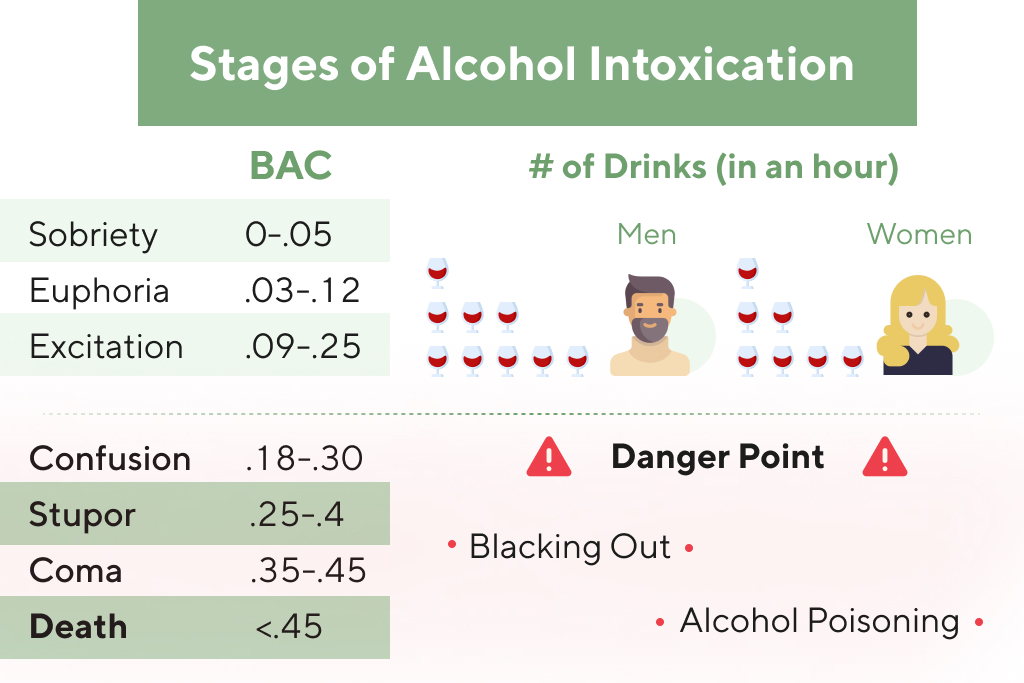Phenomenological research supporting existential psychotherapy in addiction is contrasted with the quantitative medical research which forms the basis for current addiction guidelines. A comparison of both models is presented focusing on the issues of coping, choice, responsibility, mandatory treatment, medication, psychotherapy and the therapeutic relationship. The biopsychosocial model is compared to van Deurzen’s modes of existence, which provides the basis for existential psychotherapeutic interventions. Furthermore, existential literature was examined to determine whether an individual can authentically choose to live addicted. The degrees in which self-control is exerted, free choice is realized and desired outcomes achieved are dependent on these complex interacting biopsychosocial systems.
Biological Factors
This attribution could sway those who assign the cause of their addiction to be exclusively neurological or genetically based, and not necessarily evaluate the risks and benefits of pharmacotherapy, psychotherapy, or receiving both as combination. These causal neurogenetic attributions have led some authors to advocate for involuntary treatment in addiction, arguing that, paradoxically, autonomy must be denied, “in order to create it” (Caplan 2008). Psycho-social systems are concrete entities or groups whose members act in relation to each other, such as families, religious organizations, and political parties (Bunge 2004).
Understanding the Impact of Close Relationships
Ethical issues were considered during the recruitment, the interviews, the analysis, and the data interpretation. Conducting in-depth interviews about sensitive subjects requires great awareness and respect for the ‘informants’ emotions and boundaries [12]. The informants were encouraged to contact their therapist, family, or friends if they needed anyone to talk to about stressful thoughts and emotions following the interviews.
Share this article
With new measures and specific biomarkers of health status (e.g., allostatic load, microbiome, etc.), the BPS Perspective can be operationalized. This work may end up being conducted under the emerging field of “nutritional psychiatry” Top 5 Advantages of Staying in a Sober Living House (222, 223). To date, gut-based nutrition interventions for OUD have not been investigated in humans but do appear to be timely. It has been criticized that treatment and the ongoing recovery process focuses on substance use only [6].
- The LCP considers multiple pathways contributing to disease, at the biological level (genetic/epigenetic) but also emphasizing how social ties influence health behavior and how these accumulate throughout the life course (217).
- The lack of attention is especially surprising given the serious questions raised by some existing criticisms of the BPSM.
- Nonetheless, opioid use and misuse disorder may occur alongside use of other substances, and both the determinants and effects of concurrent use must be addressed by interventions [5].
Psycho-Social Systems
In a large national sample, the presence of PTSD increased the risk of developing OUD after exposure to opioid painkillers (65). These findings suggest that neurobiological imprints of PTSD such as the release of CRF during periods of activation/arousal increase susceptibility to addiction. Recent evidence suggests that the association between PTSD and opioid use is more pronounced in women than men (66). A recent case study described a woman who was diagnosed with major depressive disorder and OUD, but later was identified as using opioids to self-medicate her underlying undiagnosed PTSD (67).
- Sandwell H, Wheatley M. Healthy eating advice as part of drug treatment in prisons.
- Few morbid conditions could be interpreted as being of the nature “one microbe, one illness”; rather, there are usually multiple interacting causes and contributing factors.
- Legislative efforts at the State level to close “pill mills” have had little discernable impact in reducing opioid use (35).
- Leading experts are consistently calling for “research into new treatments for OUD” (196) but nutrition therapy has lagged behind.
- Attending to these aspects of the patient can promote trust, bring to light additional information relevant to patient well-being, and expand opportunities for treatment (McWhinney and Freeman 2009).
- Although wayward discourse could be used to psychologize what are really best understood as organic diseases (Weiner 2008), medicalization appears to be the greater threat.
- There is the further important point that the increasing voice of the person as patient has been substantially a consequence of activism and wider socio-political movements, not a matter of healthcare theory and research (Brown, 1981; Rashed, 2019).
This also suggests some awareness that the BPSM cannot properly be used for defining and explaining disease. When we see substance use disorders/addictions in a binary fashion, we are choosing one lens or another, which does not give us a clear picture of the person. You can further explore poverty, race, gender, and other examples of intersectionality that may play a role in a person’s https://marylanddigest.com/top-5-advantages-of-staying-in-a-sober-living-house/ substance use/addiction as you are working with them, ensuring your work is cultural, spiritual, gender-sensitive and trauma-informed. We hypothesized that sociodemographic factors, while crucial to the comprehensive risk model, would not be critical predictors, when they were included with socioecological and health factors, or with other substance dependence or abuse.

Some authors have suggested that resources should be invested into policies and programs that prevent ACEs as a mechanism to reduce substance misuse (76). Overall, the findings underscore the importance of OUD treatment being guided by trauma-informed modalities, including “complex trauma” (different from PTSD) (77). The biopsychosocial (BPS) framework was originally proposed in 1980 by Dr. George Engel stemming from his dissatisfaction with the biomedical model of illness (20). BPS draws its conceptual roots from the general systems theory which originated in the 1950s and aimed to unify knowledge and theories across different disciplines into a systematic vision of a “better world” (21).